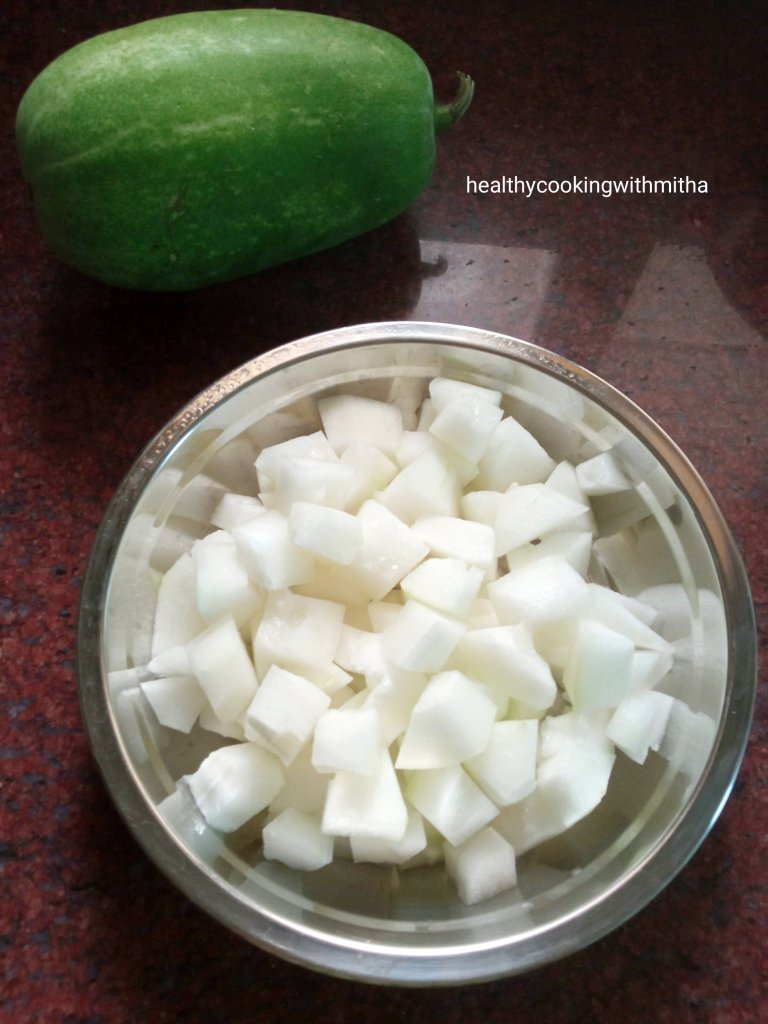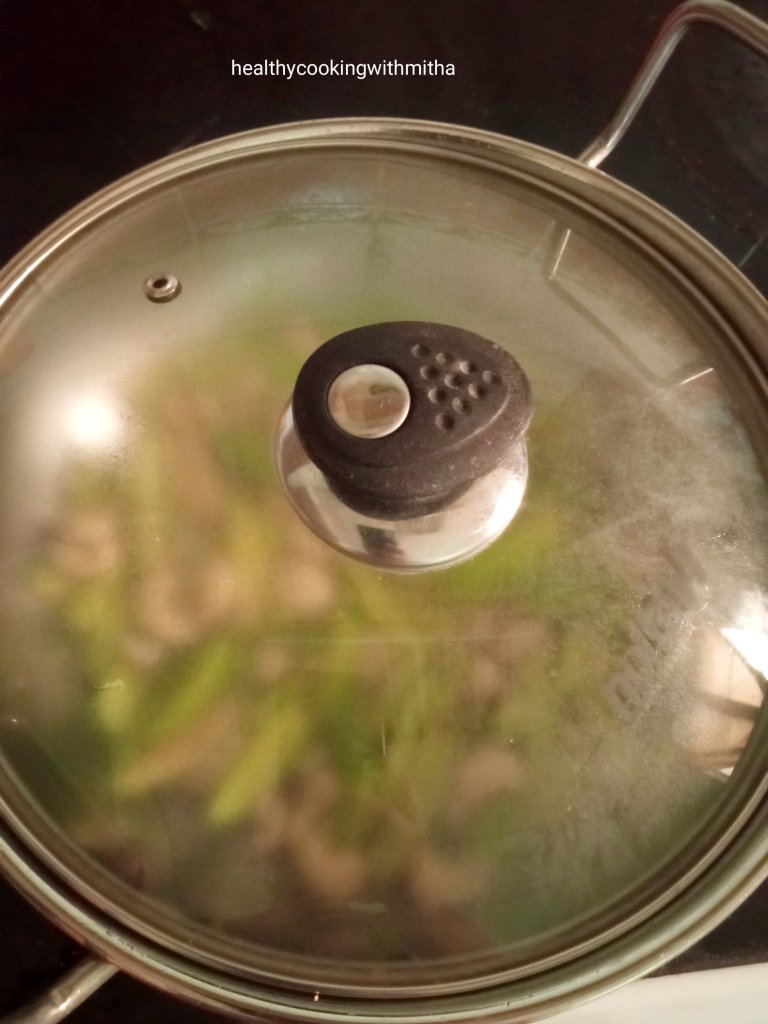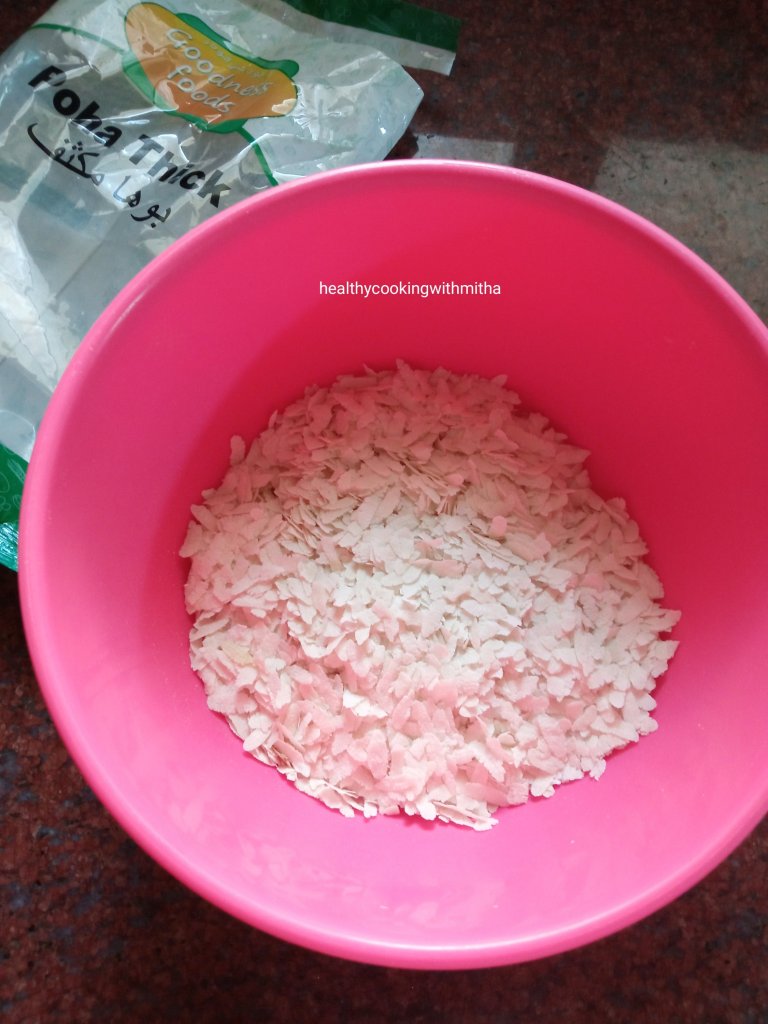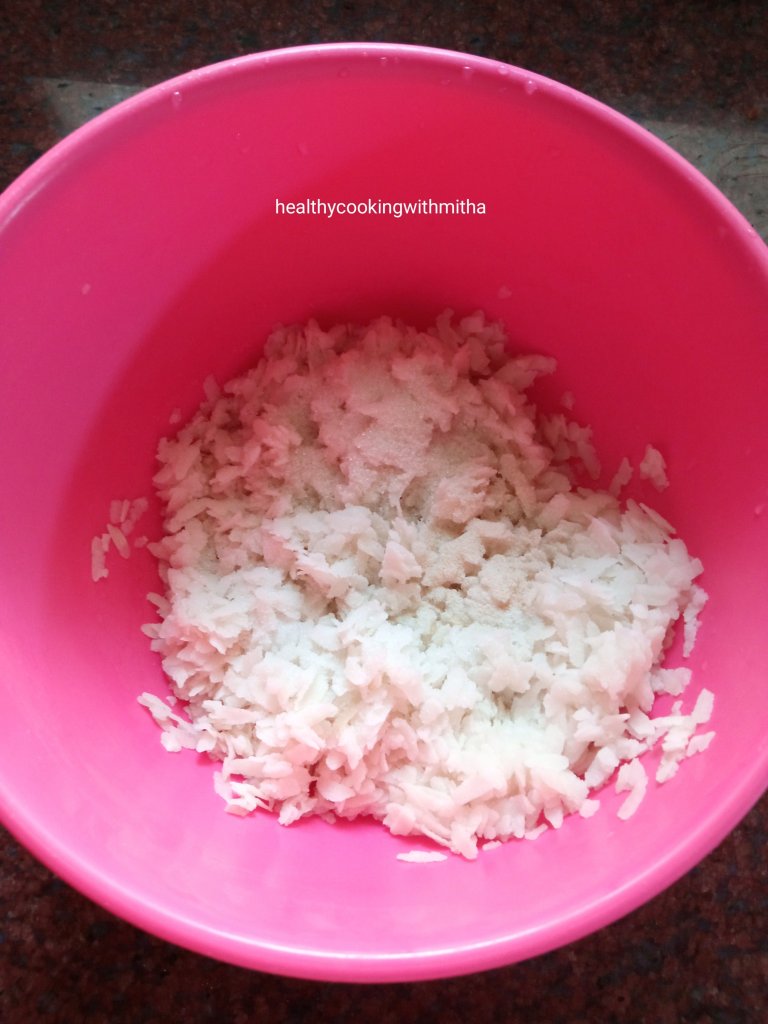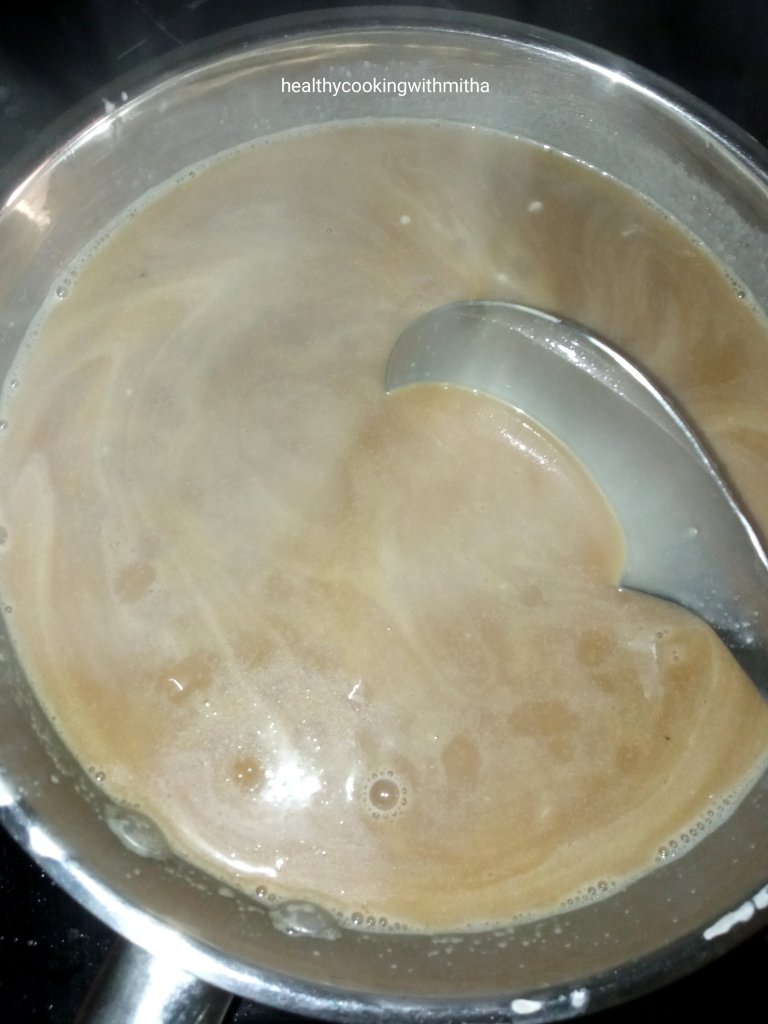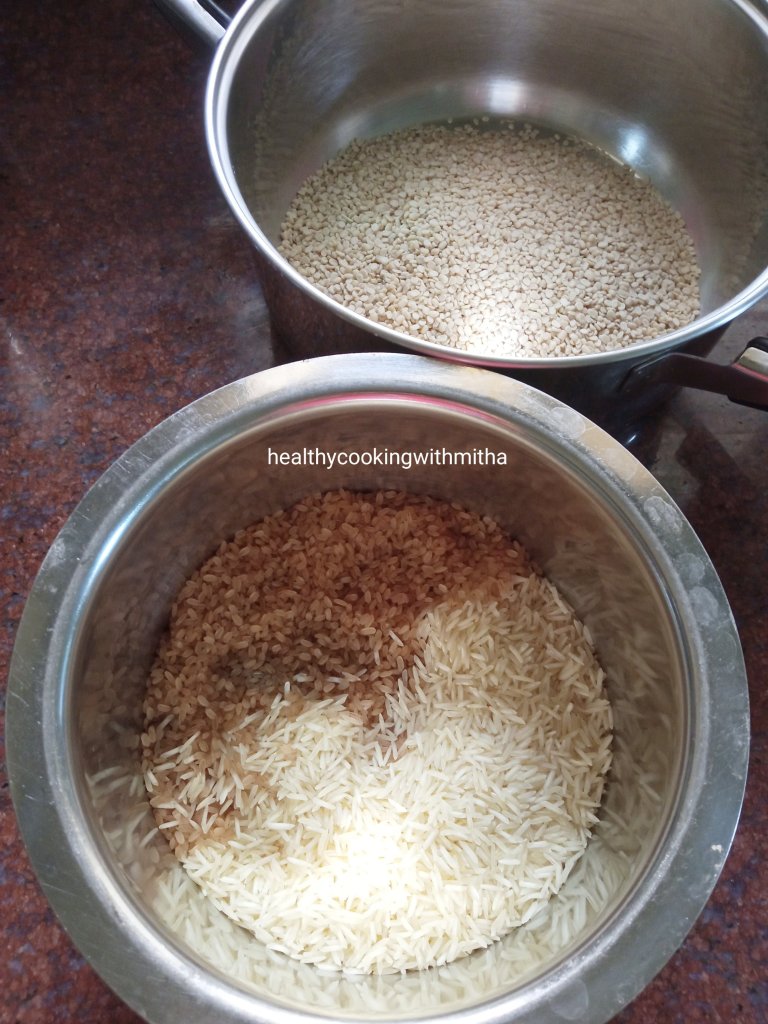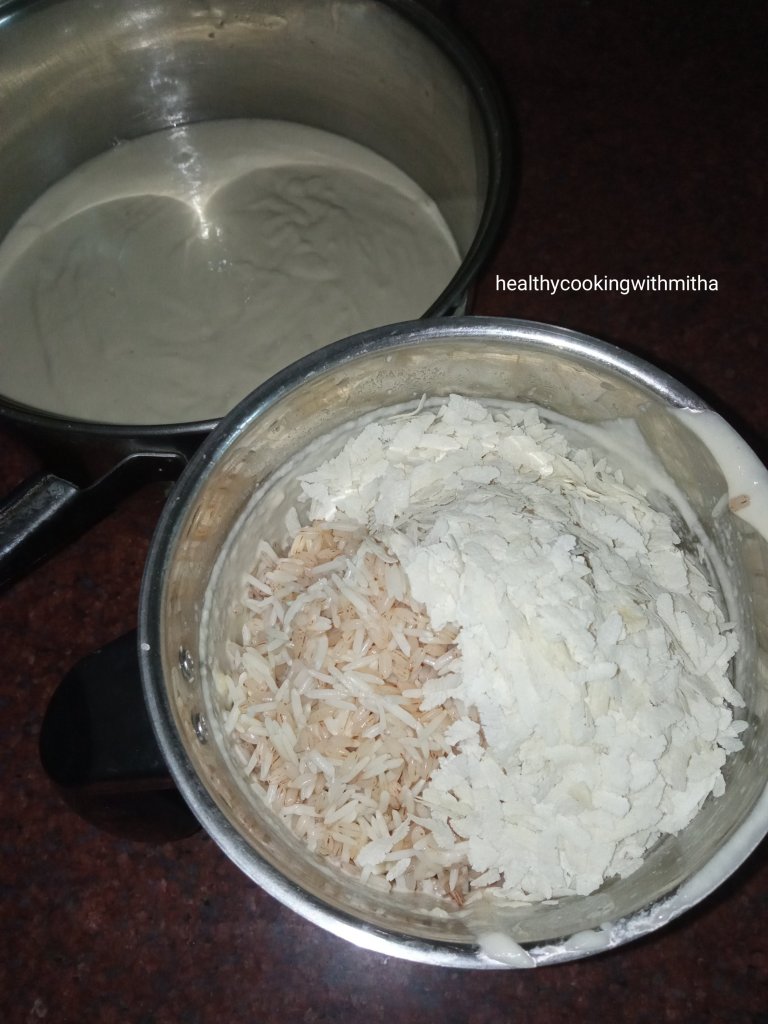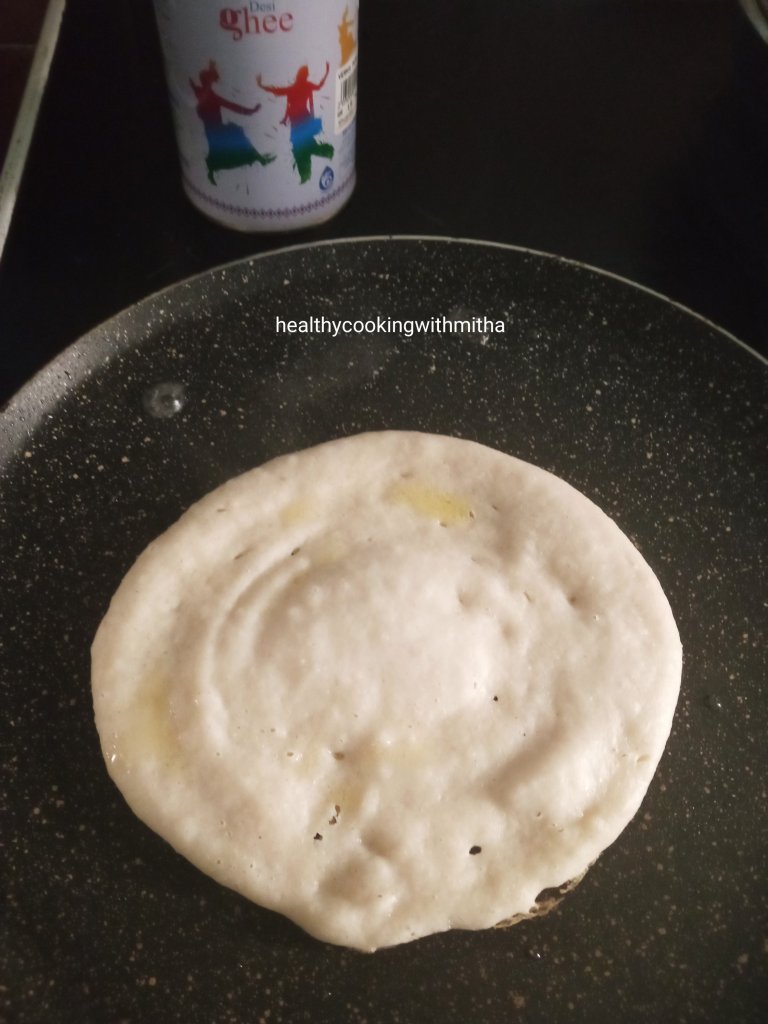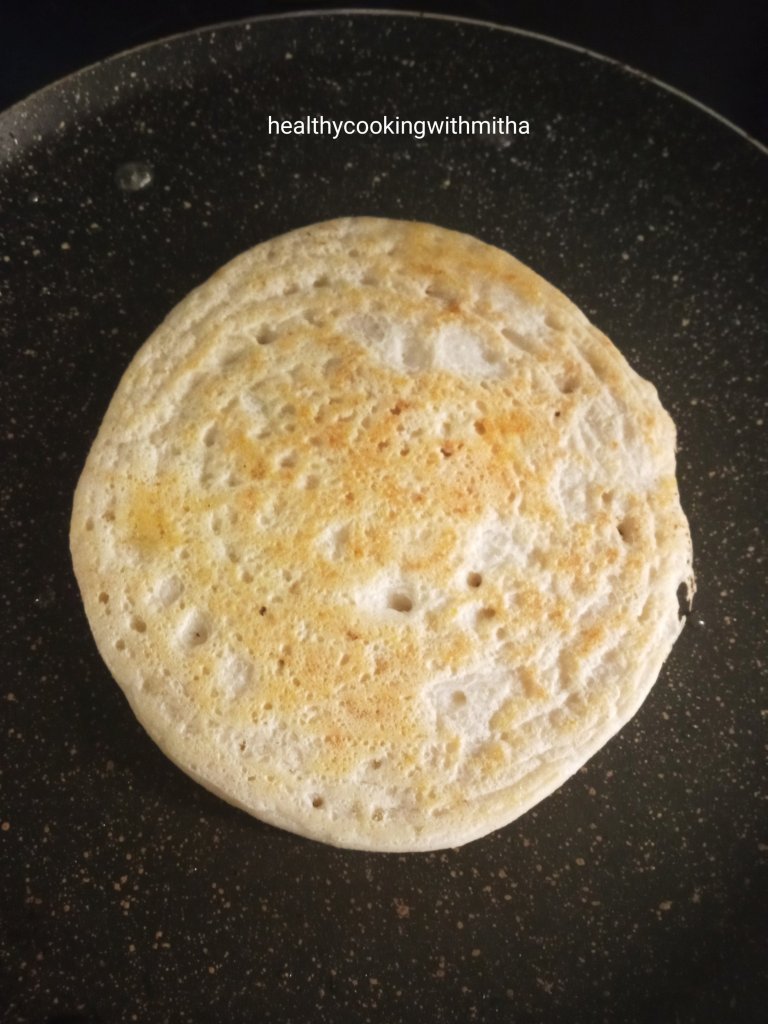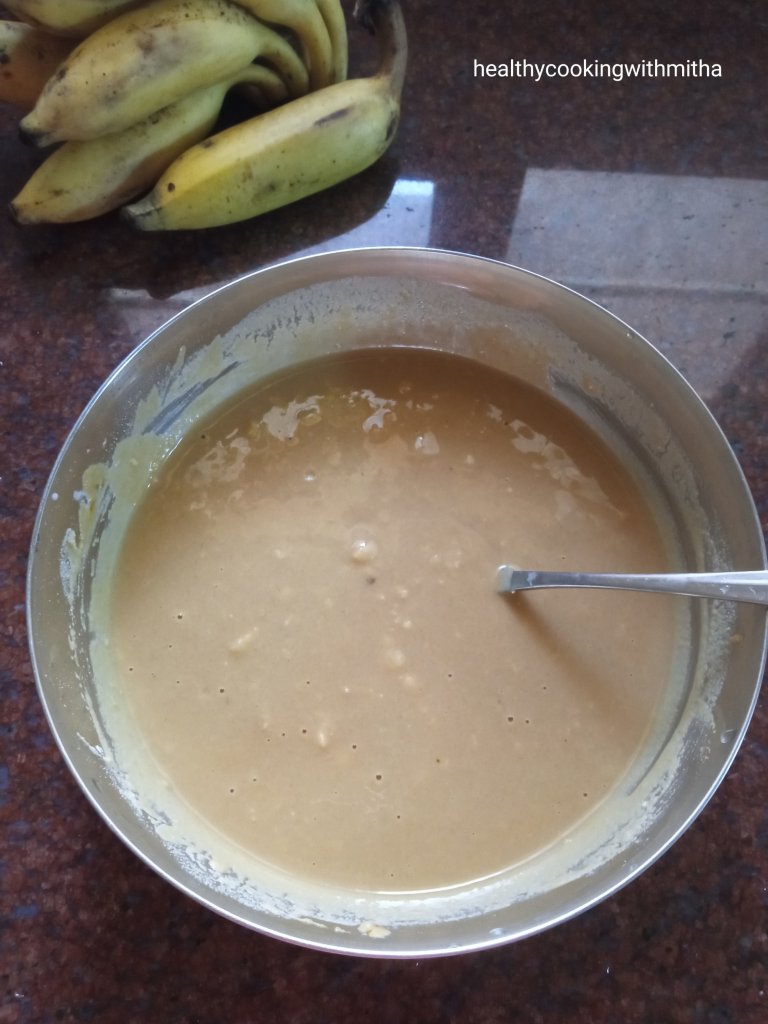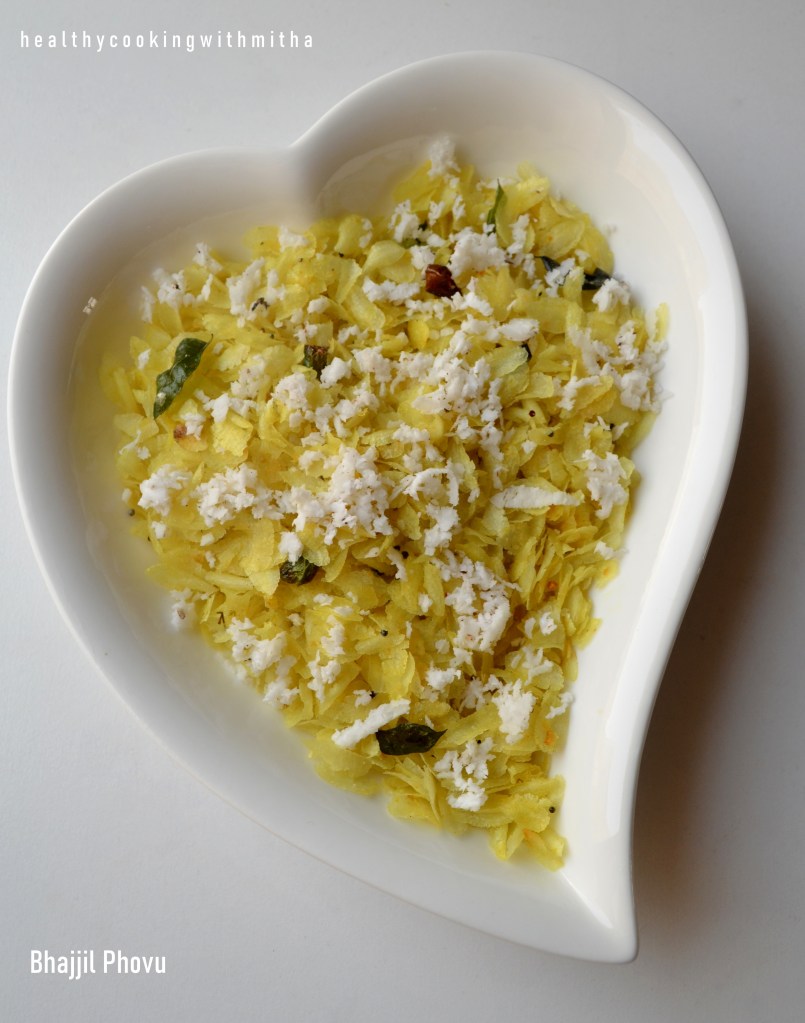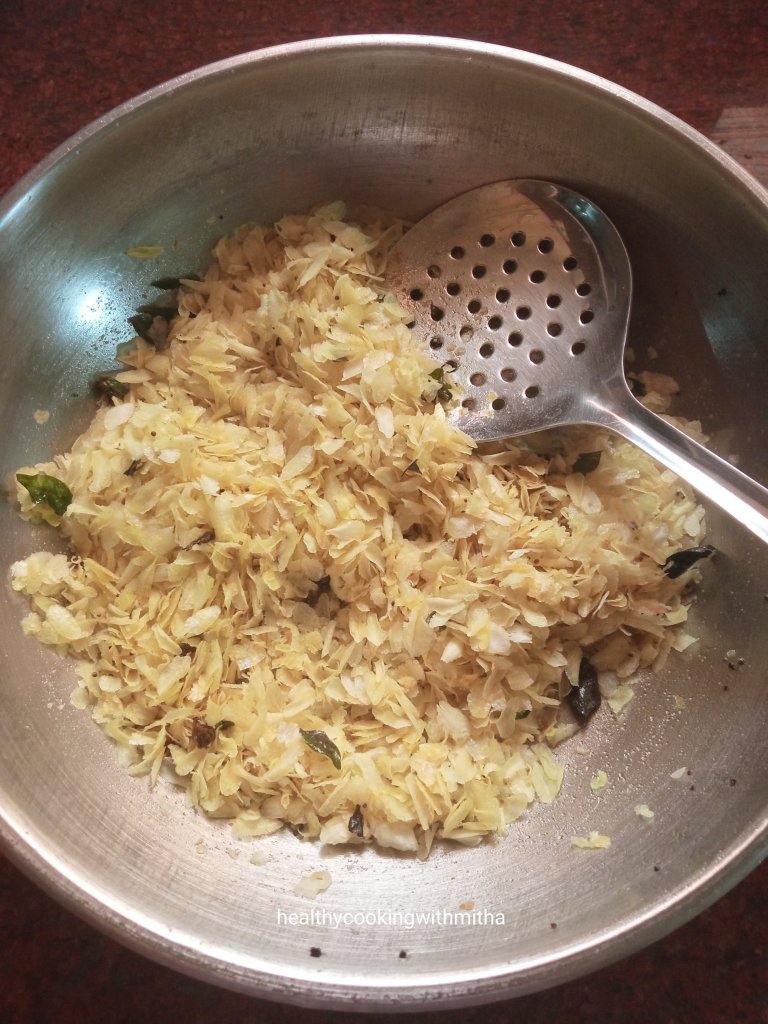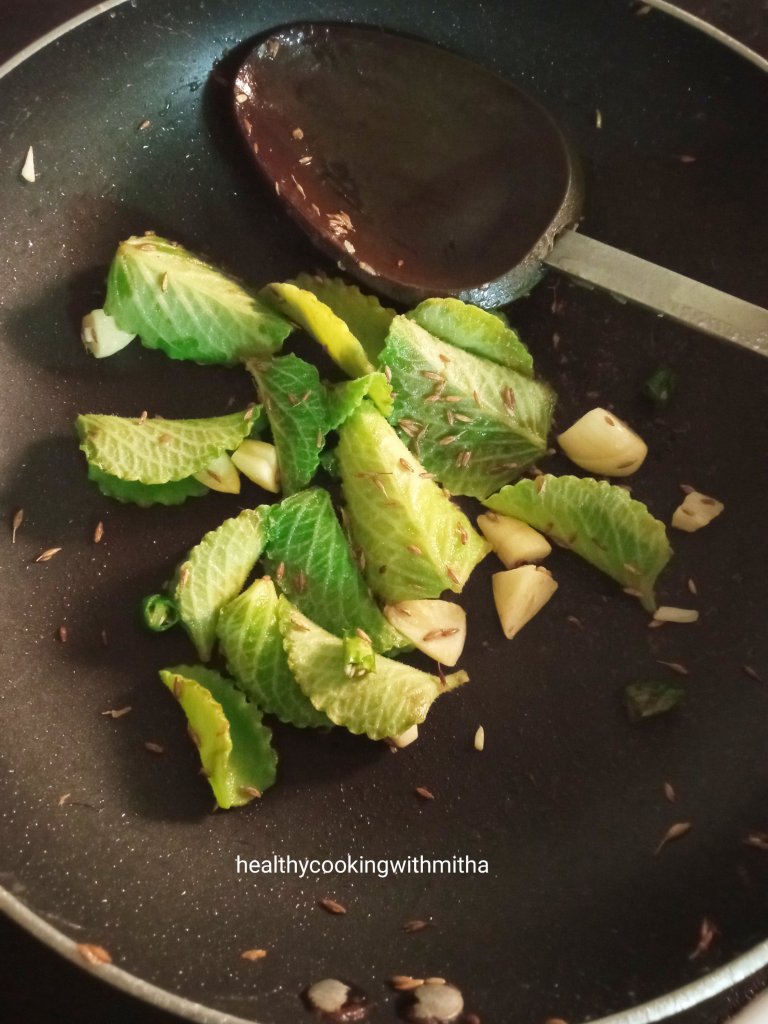
I have been sharing many Konkani recipes on the blog which have been loved by all of you. So nowadays when I cook something from our amchi cuisine which is loved a lot by us, I immediately take pictures to share on the blog, even if it’s a very simple dish like this Pumpkin upkari.
Mostly all our upkaris or stir fries are very simple with mustard seeds, curry leaves, green chillies or red chillies in seasoning with hing or garlic or onion seasoning. This particular stir fry is my most favorite with jaggery added that enhances the taste a lot. The simplicity is what makes it extra special and I can eat it as it is, even without rice. 😍
We are getting locally grown pumpkin in Qatar and it’s flavour and texture is amazing. Very quick to cook and super tasty. So I have been making this upkari almost every week. Also it’s one of the healthiest vegetable too. Hope you all try and love this delicious upkari. Happy and healthy cooking ❤️
RECIPE:
Ingredients: 1 Cup = 240 ml
1 medium sized Pumpkin ( about 4 cups chopped)
3 Green chillies
1 to 2 Tbsp Jaggery or to taste
For seasoning:
2 Tbsp Coconut Oil
1 tsp Mustard seeds
A sprig of Curry leaves
A pinch of Hing/ Asafoetida
Salt to taste
Freshly grated Coconut for garnish
Step by step recipe:
1. Wash well, remove the core, peel the skin of the pumpkin. Chop into bite sized cubes as shown in the picture.

2. Heat oil in a pan, add mustard seeds, hing, curry leaves and green chillies. Let mustard seeds splutter.

3. Now add the chopped pumpkin pieces along with salt. Mix well.
Cover and cook on medium flame. Don’t add much water while cooking as pumpkin releases its own water as it cooks. If needed, that is if you feel it’s sticking in the bottom of the pan, add just a spoonful of water.
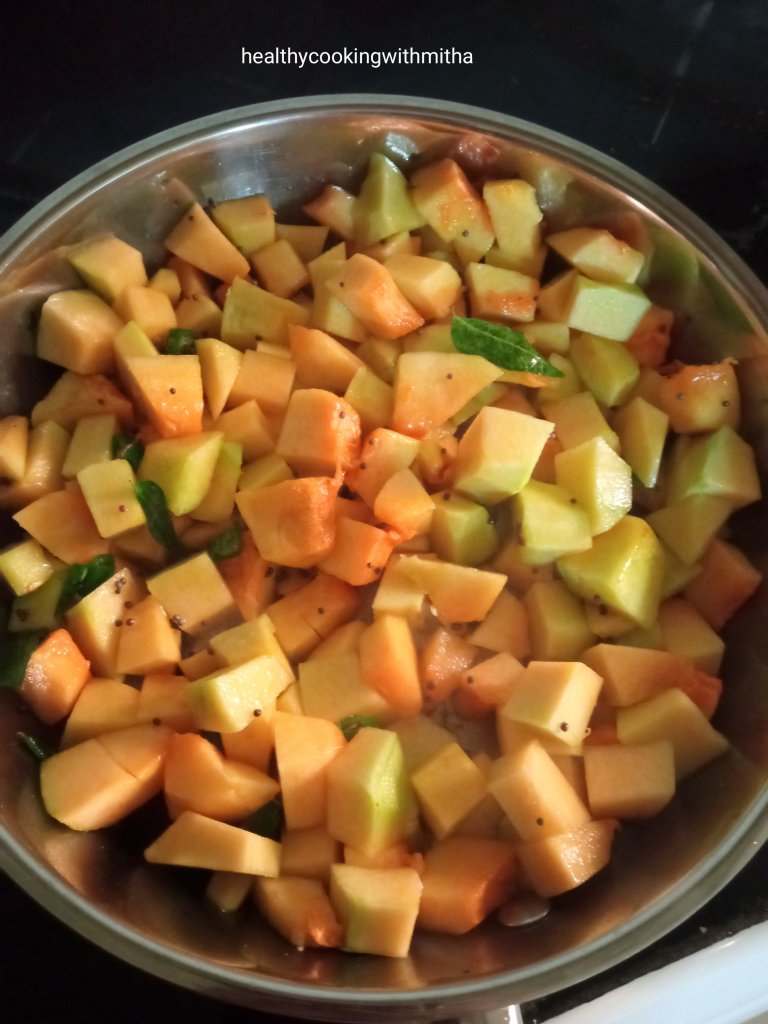
4. Pumpkin cooks very quickly and within 5 mins, you will see that it has turned soft. Now add jaggery.

5. Mix well. Cover and cook on low flame for 5 more mins or till the pumpkin pieces turn very soft. Now garnish with freshly grated coconut. Check for salt/ jaggery. Done. 🙂

6. Enjoy dudde upkari with pej (matta rice gruel) and Kosambari or with rice and rasam.

Notes:
* You can use any variety of Pumpkin for this upkari. I use the local one available in Qatar.
* Some people don’t peel the pumpkin but I love it when peeled.
* Hing and jaggery are very important to give flavour to the upkari. So please don’t forget it. You can add jaggery, less or more, as per your taste.
* Don’t add much water while cooking this upkari as pumpkin releases its own water. Just add a spoon in the beginning if you feel pumpkin is sticking to the pan. Once you cook it covered on medium flame, it will start turning soft and release water.
* More recipes with Pumpkin:
Instant Pumpkin Idlis (Dudde kadamb)
Orange flavoured Pumpkin soup (Narangi Shorba)
* You can check all my Konkani recipes here:



